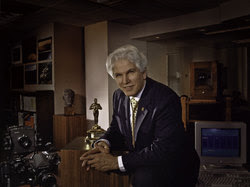
Professional Photographers of America (PPA) honors Frank Cricchio with the association’s prestigious Lifetime Achievement Award. Not given every year, this award has been designated to only a select few, recognizing a lifetime of service and innovation to the field of professional photography. Cricchio will receive the award during PPA’s Awards & Degree Ceremony held January 8, 2007, at PPA’s Imaging USA convention in Tampa, Fla.
Many have reasons why Cricchio is the right choice for this award. In the words of Jack Reznicki, PPA’s President, “Frank has been an educational force in photography for many years and has influenced countless photographers. It's fitting that he receives PPA's Lifetime Achievement Award: one, because he's deserving as a photographer and educator, and two, it's important for photographers today to recognize the leaders who built the foundations that support us and the industry today.”
Cricchio is widely known as a dynamic leader and innovator in the photographic profession, and he’s always shared his knowledge and skill with others. With his work selected for exhibitions and collections from the first showing at EPCOT to the Photographic Hall of Fame, Cricchio shows the talent that made his teachings so invaluable. He was even rated one of the top ten Pictorial Color Print Exhibitors in the World by the Photographic Society of America (1967).
Combining creative posing styles and vast technical knowledge with the willingness to share information, Cricchio is positioned as one of the greatest teachers, photographers and authors on photographic techniques on the professional scene in America. Along with his studio (founded in 1957), Cricchio started workshops and consulting teams to share knowledge. He was the technical consultant to Fujifilm USA from 1994 to 2007. He consulted with Kodak in the marketing think tank testing Vericolor III film, and was on the team that developed the first computer-generated "Shirley" negative. In addition, he has taught around the world and in every state. Cricchio even joined the Cameracraftsmen of America in 1967, the oldest and most exclusive photographic club. Membership is limited to 40 photographers from around the world... and Cricchio was their President from 1999-2004.
The Lifetime Achievement Award is certainly not Cricchio’s first award. In recognition of his years of service, he has received—to name just a few—the United Nations International Photographic Council “Leadership Award” (2004); the Gerhard Bakker award for contribution to photography education (1993); and honorary degrees and awards from professional photography associations of the United Kingdom, Japan, Mexico, and Puerto Rico. He also received the Honorary Fellow of Photography from the American Society of Photographers (1995), which requires approval by two different Boards of Directors.
When asked about Cricchio’s photographic career, Don Dickson replied, “Frank is the godfather of photography. He was the first person to achieve 1,000 merits with PPA, a world-class photographer, an affiliate school director, PPA board member and PPA President…He has done more for photography than anyone I can think of.”
For more information on the PPA Lifetime Achievement Award and the Imaging USA convention, visit www.imagingusa.org
For more information on Frank Cricchio, Master of Photography, Photographic Craftsman, Certified Professional Photographer, Honorary Master of Photography, Fellow and Honorary Fellow of the American Society of Photographers, visit www.frankcricchio.com


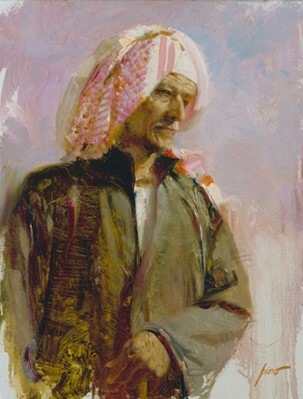
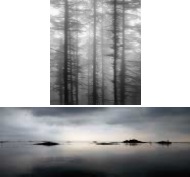 PHILIPPE BACHELIER et
PHILIPPE BACHELIER et 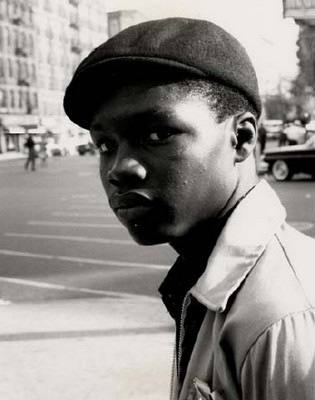 Cycle de Cinéma Diaspora
Cycle de Cinéma Diaspora 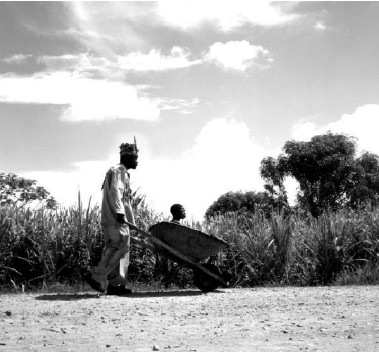
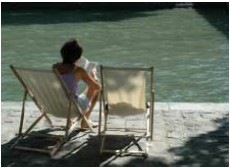
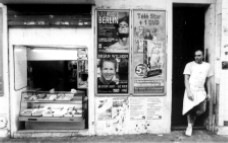 RICHARD CHEVALLIER, Photographies
RICHARD CHEVALLIER, Photographies 